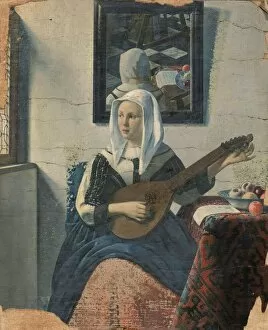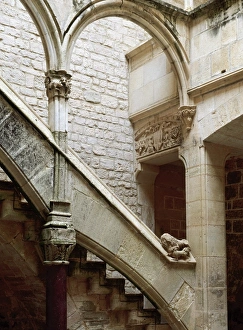Cister Collection
The cister, a medieval musical instrument, has a rich history that spans across various regions in Europe
All Professionally Made to Order for Quick Shipping
The cister, a medieval musical instrument, has a rich history that spans across various regions in Europe. One notable figure associated with the cister is Hedwig of Silesia, who was known for her love and skill in playing this instrument. In Carcastillo, Spain, the Monastery of La Oliva showcases a beautiful depiction of a seated woman playing the cister. Moving on to France, the Abbey of Port-Royal des Champs features an anonymous 18th-century artwork depicting another woman playing this enchanting instrument. The influence of the cister extends beyond just visual representations; it also holds significance in religious settings. The Tuis Cathedral in Galicia, Spain proudly displays multiple instances where the cister is featured as part of its cultural heritage. Similarly, at the Monastery of Santes Creus in Catalonia and Vimbodí Monastery of Poblet in Spain's Catalonia region, visitors can explore galleries dedicated to showcasing this unique instrument. Throughout centuries and across different countries like Spain and France, these depictions highlight how deeply ingrained the cister was within society during medieval times. Its melodic tunes would have provided solace and entertainment to both nobility and commoners alike. Today, we can appreciate these historical artifacts as reminders of our shared musical heritage. The intricate craftsmanship displayed through these artworks serves as testament to the enduring beauty and importance placed upon instruments like the cister throughout history.










